Introduction
Generative AI is no longer a futuristic concept—it’s here, and it’s transforming how we create, consume, and interact with art, music, and media. From AI-generated paintings selling for millions to algorithms composing symphonies, the creative industries are undergoing a seismic shift. But what does this mean for artists, musicians, and writers? Is AI a tool for empowerment, or does it threaten to replace human creativity? In this blog, we’ll explore how generative AI is reshaping creative fields, the tools driving this revolution, and the ethical questions it raises.
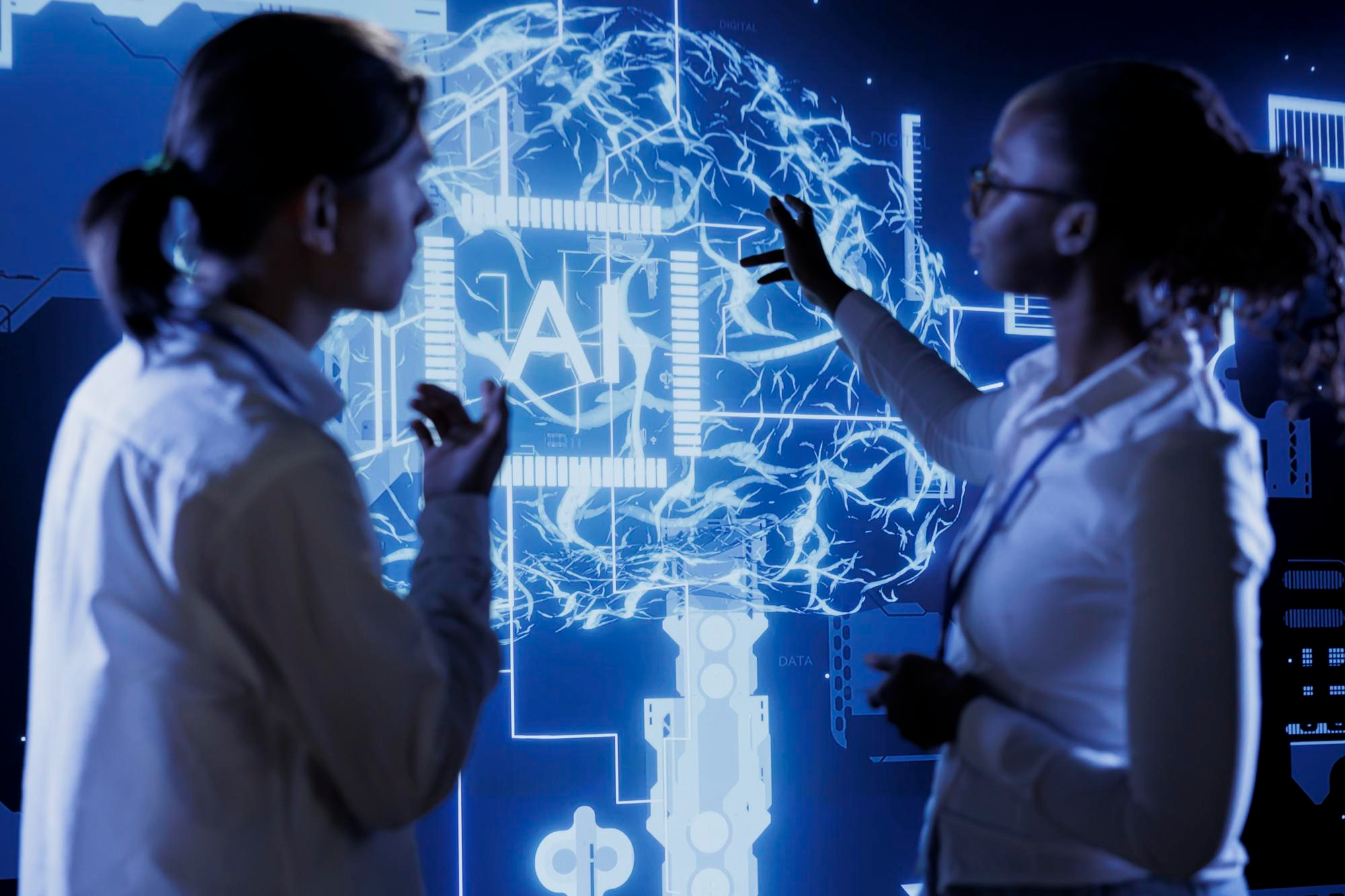
AI in Visual Arts
Generative AI has made significant strides in visual arts, enabling anyone with a computer to create stunning artwork. Tools like MidJourney, DALL-E, and Stable Diffusion use deep learning models to generate images from text prompts. For example, typing “a futuristic cityscape at sunset” can produce a high-quality digital painting in seconds.
Case Study: AI Art at Christie’s
In 2018, an AI-generated artwork titled “Portrait of Edmond de Belamy” sold for $432,500 at Christie’s, far exceeding its estimated value. Created by the Paris-based collective Obvious, the piece was produced using a Generative Adversarial Network (GAN). This event sparked a global debate: Can AI be considered an artist, or is it merely a too
Impact on Artists
For professional artists, generative AI is both a blessing and a challenge. On one hand, it democratizes art creation, allowing amateurs to produce professional-level work. On the other hand, it raises concerns about originality and copyright. Who owns the rights to an AI-generated image—the user, the developer, or the AI itself?
Tools to Explore
- MidJourney: Ideal for surreal and abstract art.
- DALL-E: Best for generating realistic images from text.
- Stable Diffusion: Open-source and highly customizable.
AI in Music
Music is another domain where generative AI is making waves. Platforms like OpenAI’s Jukedeck and AIVA (Artificial Intelligence Virtual Artist) can compose original music in various genres, from classical to pop.
How It Works
These tools use machine learning algorithms trained on vast datasets of existing music. By analyzing patterns in melody, harmony, and rhythm, they can generate new compositions that sound remarkably human.
Case Study: AI in Film Scoring
In 2020, the short film “Zone Out” featured a score entirely composed by AI. The music was created using Amper Music, a platform that allows filmmakers to generate royalty-free tracks tailored to their projects. This highlights AI’s potential to streamline creative workflows and reduce costs.
Ethical Debates
While AI-generated music offers convenience, it also raises questions about artistic integrity. Can a machine truly understand the emotional depth of a composition? And what happens to human musicians if AI becomes the primary source of music production?
Tools to Explore
- AIVA: Composes original music in multiple genres.
- Amper Music: Ideal for filmmakers and content creators.
- OpenAI’s MuseNet: Generates music in diverse styles.
AI in Film & Writing
Generative AI is also transforming storytelling. Tools like ChatGPT can write scripts, dialogue, and even entire novels. In filmmaking, AI is used for everything from script analysis to visual effects.
Case Study: AI in Scriptwriting
In 2021, a short film titled “The Safe Zone” was written entirely by an AI model. The script was generated using OpenAI’s GPT-3, demonstrating the potential for AI to assist in creative writing.
Risks of Homogenization
One concern is that AI-generated content may lack the nuance and diversity of human creativity. If everyone uses the same tools, could we end up with a homogenized cultural landscape?
Tools to Explore
- ChatGPT: For writing scripts, stories, and dialogue.
- Runway ML: For AI-powered video editing and effects.
Future of Creativity
The future of creativity lies in collaboration between humans and AI. Rather than replacing artists, AI can serve as a co-creator, offering new possibilities and enhancing human creativity.
Examples of Collaboration
- AI-Assisted Art: Artists like Mario Klingemann use AI to create hybrid works that blend human and machine creativity.
- Interactive Music: AI can generate real-time music based on audience input, creating immersive experiences.
Ethical Considerations
As AI becomes more integrated into creative industries, it’s crucial to establish guidelines for its use. This includes addressing issues like copyright, attribution, and the preservation of human creativity.
Conclusion (150 words)
Generative AI is revolutionizing creative industries, offering unprecedented opportunities for innovation. However, it also raises important ethical questions that must be addressed. By embracing AI as a tool rather than a replacement, we can unlock new possibilities while preserving the essence of human creativity.



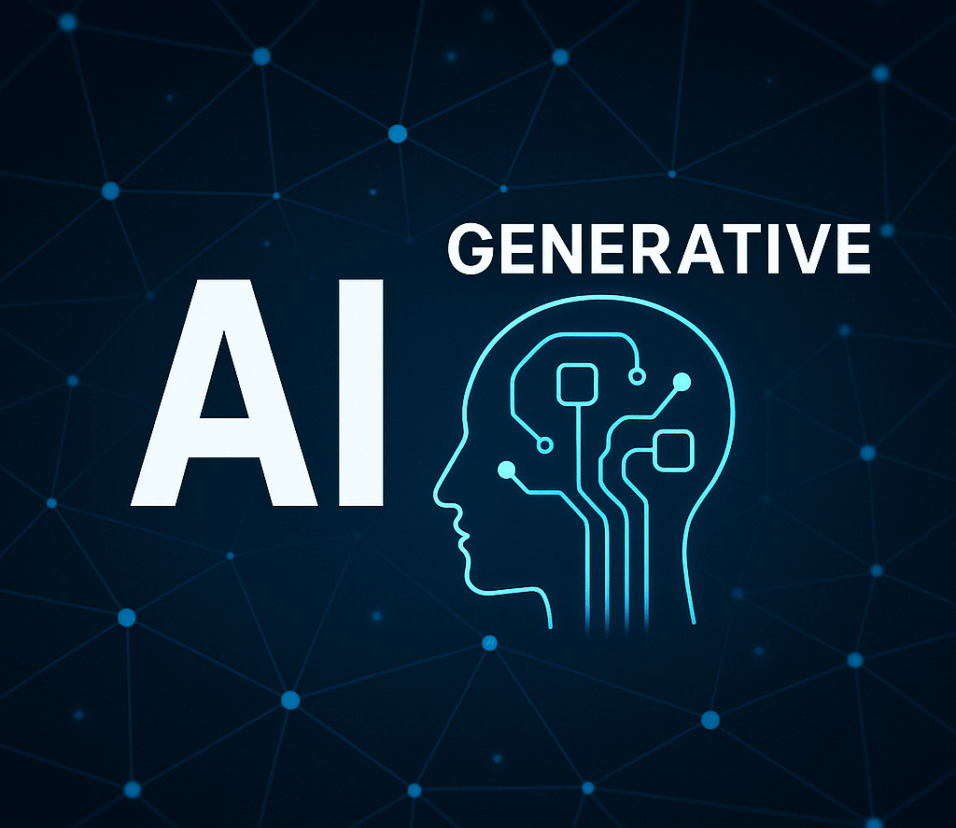
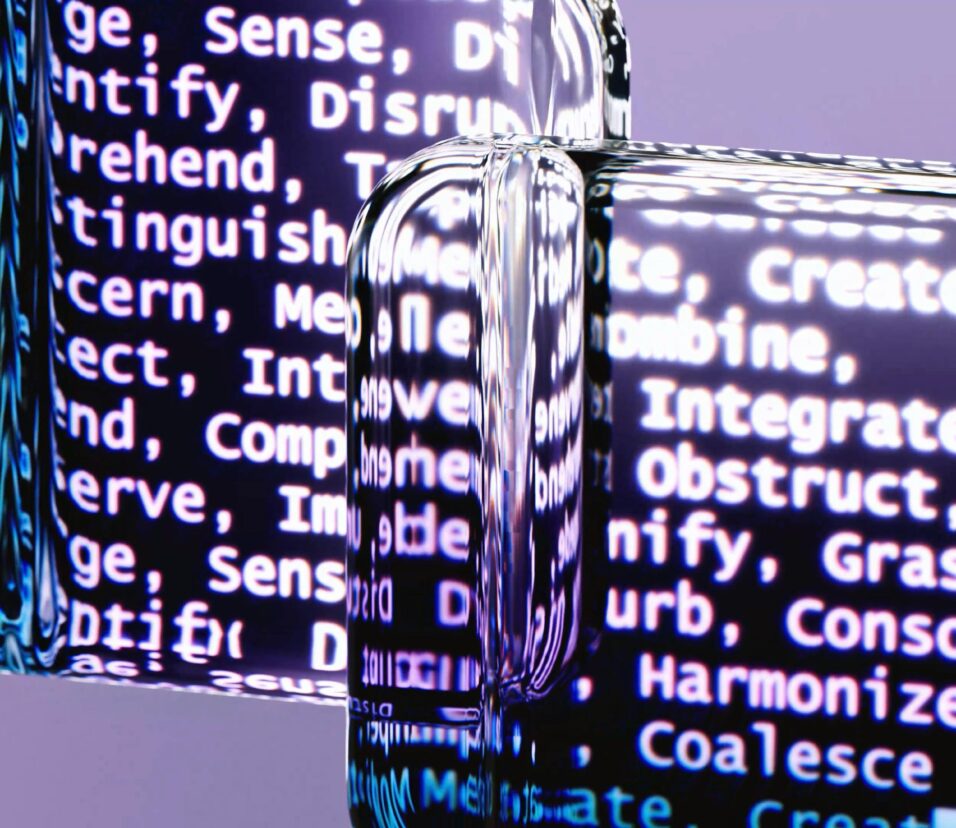
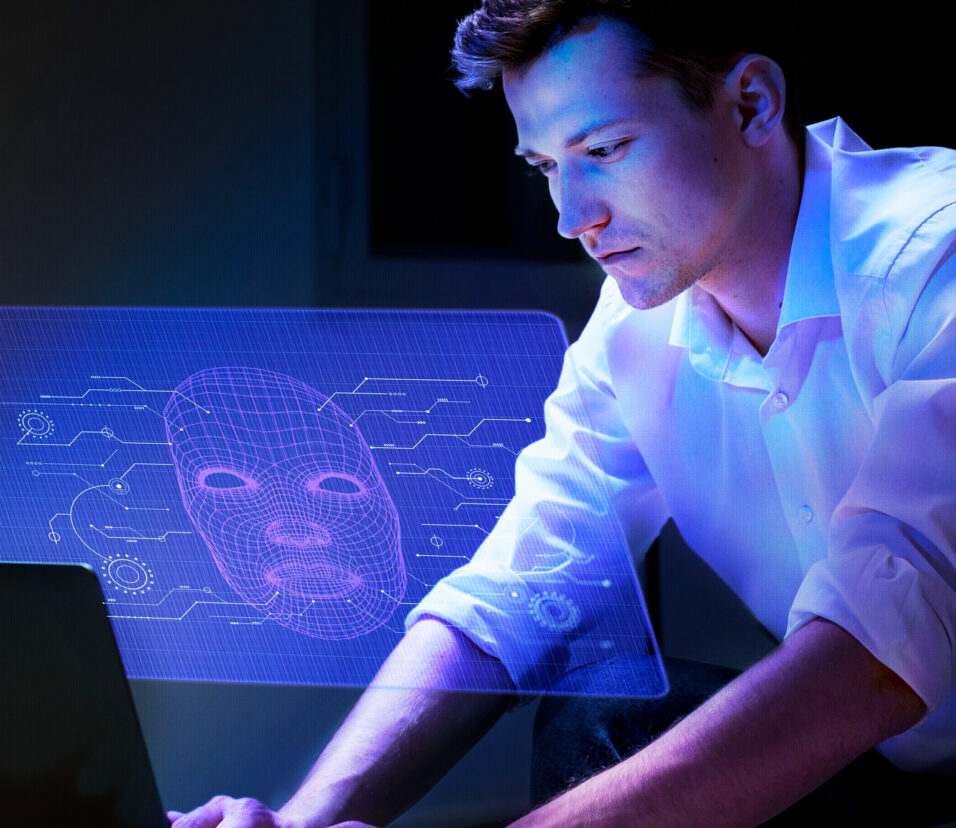
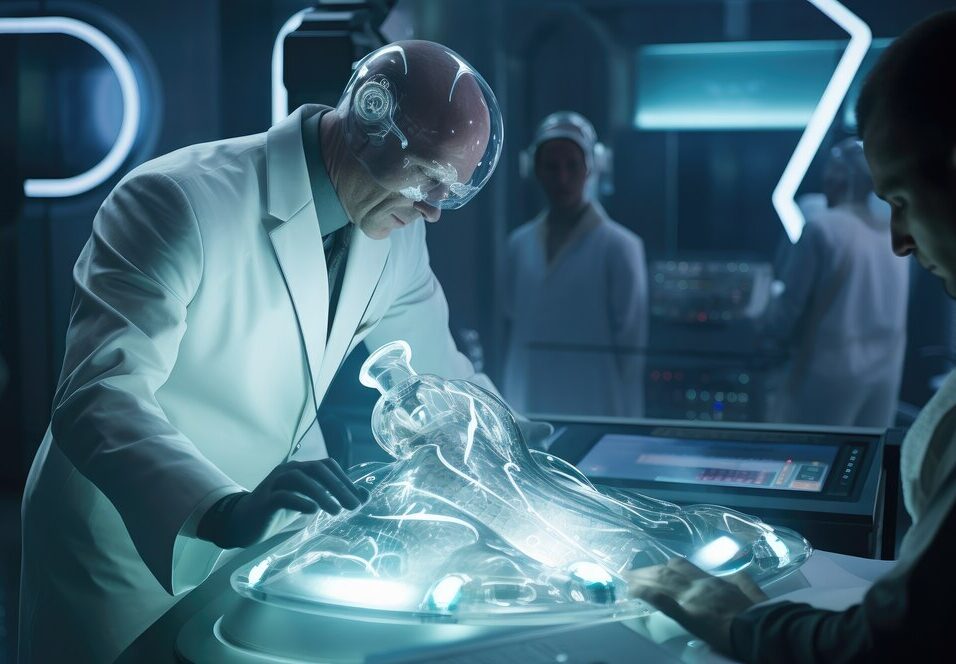
Leave feedback about this